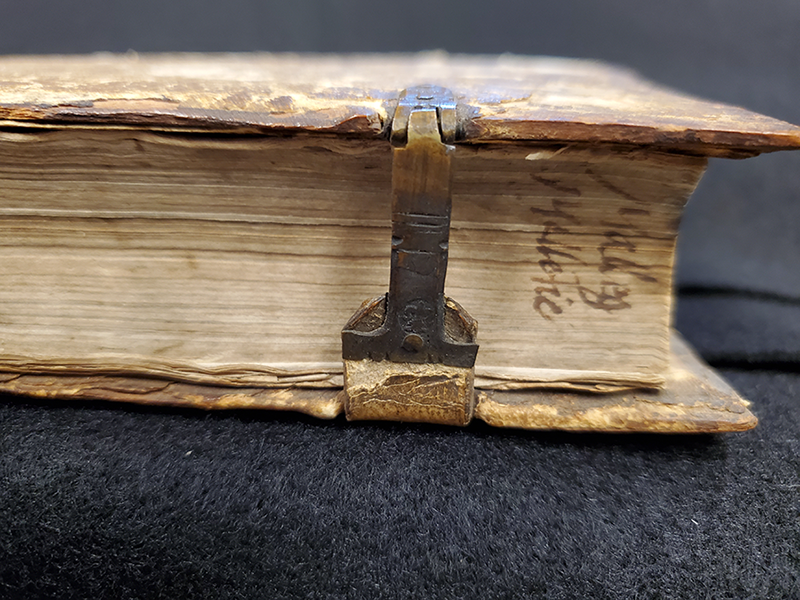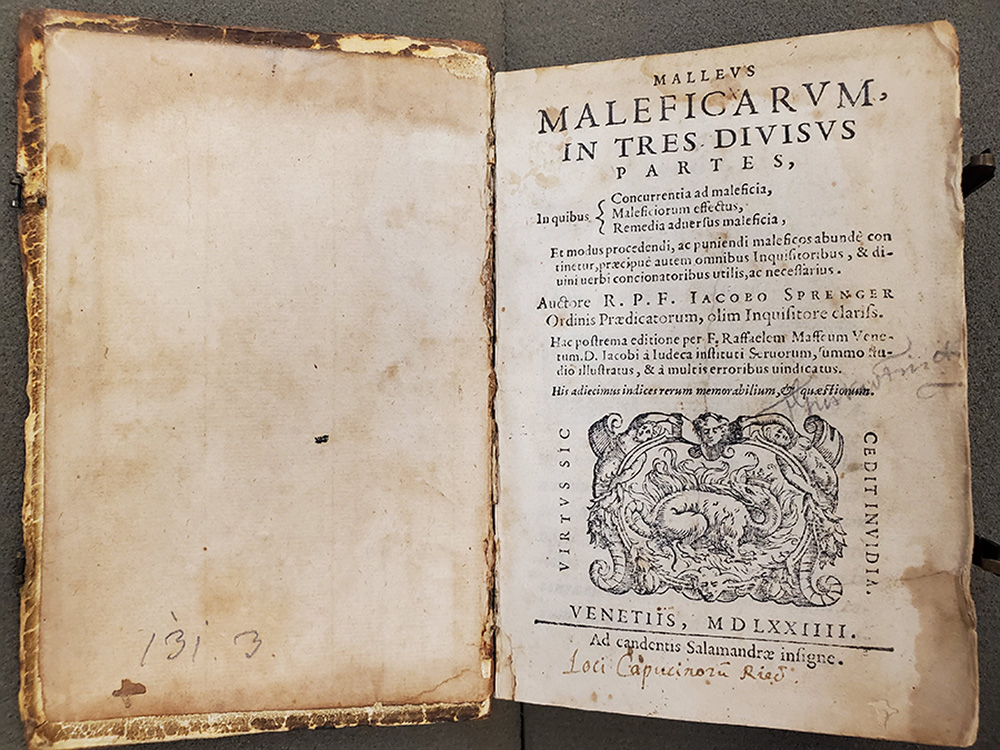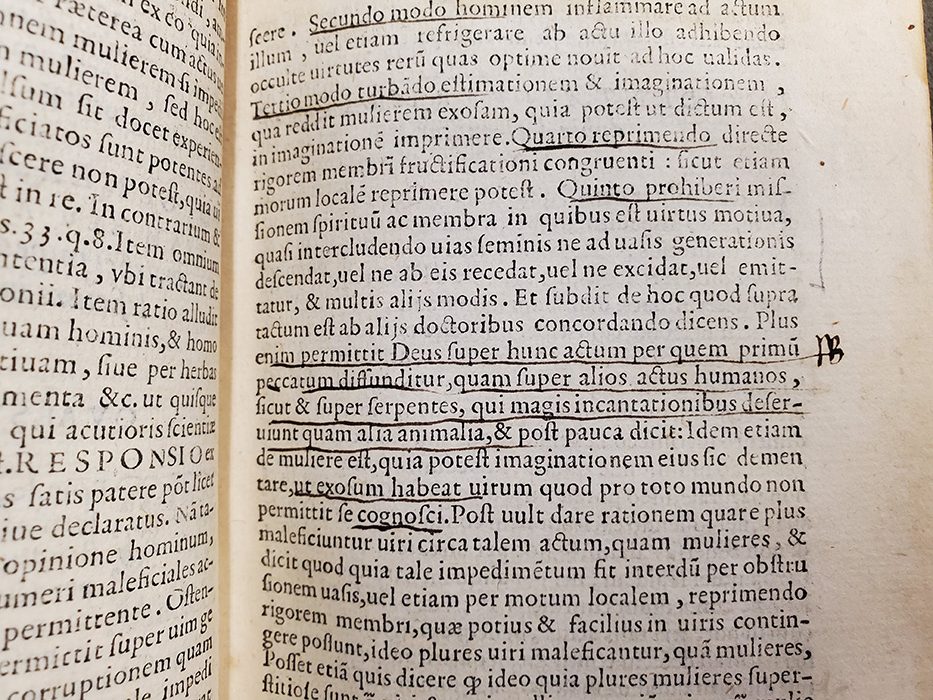
The Malleus Maleficarum: A 15th Century Treatise on Witchcraft
The Malleus Maleficarum, known in English as The Hammer of Witches, was first published in Germany in 1486 and became one of the most well-known books about witches. Special Collections at Washington University Libraries recently acquired an edition printed in Venice in 1574. The text, written by clergyman Henricus Institor, begins with proof that witchcraft exists, followed by an explanation of the powers of witches and instructions on how to conduct a witch trial.


The Malleus recommends both torture and deception to obtain confessions from those accused of witchcraft. Scholars estimate that approximately 110,000 witch trials were held in Europe between 1450 and 1750, with half of the trials ending with execution. Top theologians of the Inquisition—a group whose aim was to combat heresy against the Catholic Church and often use brutal methods to coerce confession—condemned the Malleus as unethical and the Church condemned the text as false only three years after it first appeared.
Though persecution targeted both men and women as witches, almost three-quarters of the accused were women. The Malleus claims that women are more susceptible to demonic possession due to their lack of physical and spiritual strength and their promiscuous nature. Many women accused of witchcraft acted outside of gendered expectations, including being isolated from society, having a strong personality, or being poor or elderly. In some regions, women who worked as midwives or healers were more likely to be accused of witchcraft.

According to Ian Kahn, the bookseller who authenticated and sold the book, “Heinrich Institoris wrote the text following his failure to prosecute a number of women for witchcraft. It is in many ways a highly personal document, full of frustration at official complacency in the face of a spiritual threat, as well as being a practical guide for law officers who have to deal with a cunning, dangerous enemy.”

The copy purchased by Special Collections features annotations by an early modern reader throughout most of the text. The most common note to appear is the abbreviation “NB” which stands for the Latin phrase nota bene, which means “note well.” These annotations give insight into the use and reception of the book.